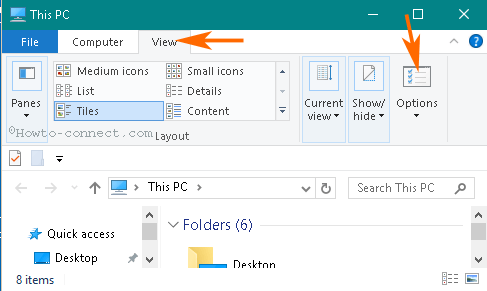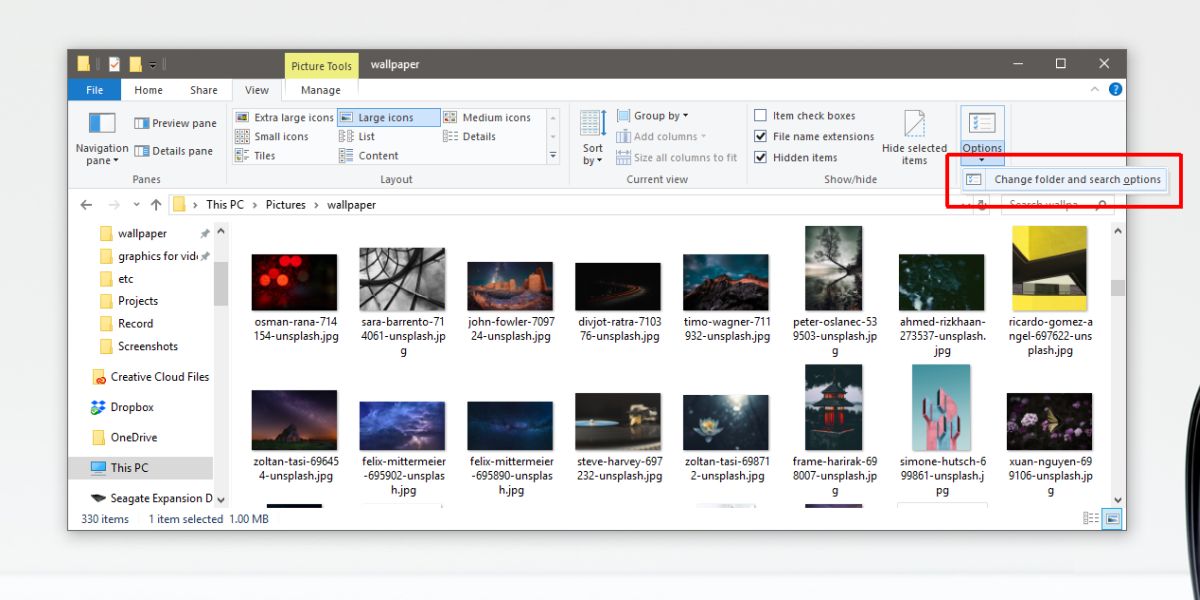
Besides, you can also create a message tip displaying information about folders and controlling certain aspects of the folder’s behavior like assigning a localized name for a folder or an item in a folder. A common usage of desktop.ini file is to assign icons or thumbnail images to related folders. Using desktop.ini file customize folder is not an annoying issue, because you only need to create/update the folder’s native desktop.ini file to update its view and appearance settings.įolders are usually showed with standard folder icons. How to Use Desktop.ini File to Customize File

However, you can choose to hide it from the regular view so that it won't bother you with its existence. Now, this automatic build process cannot be closed because it is a defined process at the OS level. If you delete it once, it will be automatically regenerated the next time you customize the folder settings. So, what happens to you when you delete this file?Ĭhanges you have configured will get lost and the folder settings will switch to system-wide defaults. As mentioned before, the desktop.ini will generate automatically when you change folder icons or thumbnail images. In order not to be infected by virus, you can delete the desktop.ini file. There is one thing to be sure is that you can always scan your computer with an antivirus program. Therefore, if you are concerned about this file being infected, use an antivirus program to scan. To get more information about solutions to protect your PC, read this post: Is Windows Defender Enough? More Solutions to Protect PC For instance, there has been a history of Trojan virus related to the desktop.ini name. This desktop.ini hidden operating system file is not a virus, but some viruses make use of desktop.ini file to attack your PC. If a desktop.in file is visible even when you have checked the options to hide the desktop.ini as the system file, it could be malware. It will be created once you customize background, icon, thumbnail, etc. The desktop.ini is an operating system file stored on folder level. Now, I will illustrate them one by one to you. Is desktop.ini file a virus? If it is a virus, how can I delete it? On the contrary, if it isn’t a virus, how to use it? You may have this series of questions in your mind.


You can see the desktop.ini file on the desktop and in each folder if you have configured folder settings and opened the visibility of hidden files on Windows PCs. MiniTool will tell you information about desktop.ini. In fact, if you change the layout or settings of folders, the desktop.ini file will be generated automatically to save these changes.


 0 kommentar(er)
0 kommentar(er)
